The Arab World Institute (75005) is a French cultural institute dedicated to the Arab world.
IMA is a means of dialog between the Arab world, France and Europe. It develops strong and lasting links between cultures. It collaborates with European associations, schools and cultural sites. Finally, it organizes concerts, films, books, meetings, seminars, conferences, dance shows, exhibitions.
It is sometimes referred to as the “Arab Beaubourg” in reference to the Georges-Pompidou National Center for Art and Culture (Beaubourg Center).
Solidarity Collection
Since 2016, the IMA has housed a collection of “solidarity”. In October 2015, Elias Sanbar, Palestine’s ambassador to UNESCO, and Jack Lang, President of IMA, signed a partnership to create a Museum of Modern and Contemporary Art in Palestine. “Designing such a museum means registering the Palestinians in the world and giving the world access to Palestine”.
The project is based on the principle of a solidarity collection. It is made up of artists’ donations and managed by a French law association. This collection is kept at the IMA, the anchor, pending the acquisition of the land and the construction of the museum premises in Palestine. Coordinated by Ernest Pignon- Ernest, its ambition is to cover the essential currents of contemporary creation over the last 50 years. “The future Museum of Modern and Contemporary Art in Palestine will be the affirmation of a State in itself but also in its relations with other States”, he said.
Why a Museum of Modern and Contemporary Art in Palestine?
Elias Sanbar replies: “Every state has a duty to give its citizens access to culture and beauty. This prerogative becomes essential in situations of occupation. Designing such a museum is said to be a way of enrolling Palestine into the world and giving Palestinians access to the world.”.”This access through the visual arts from the second half of the 20th century to today brings the vision that each artist gives of “his world”. Whatever its origin, style, techniques and materials. Emotion takes precedence over witness, giving everyone according to their inclinations the possibility to feel and dream freely, away from the contingencies of everyday life.
The future museum will house contemporary creation in all its forms. It will cover the essential currents of contemporary creation over the past fifty years, from abstraction to the theory of movement Supports/Surfaces , through the Narrative Figuration or the Free Figuration. Photography and comics will also be featured. The Association of Modern and Contemporary Art in Palestine continues to collect works. The State of Palestine, represented by the Palestinian Delegation to Unesco and IMA, were its founding members in 2016.
What is the basis of the project?
In 2017, IMA organizes a first part of the exhibition “For a museum in Palestine”. The exhibition presents some fifty works that will occupy the walls of the future museum in Palestine. They are signed Le Parc, Fromanger, Télémaque, Cordesse, Voss, Pey…
Ernest Pignon Ernest, member of the Association for Modern and Contemporary Art in Palestine, collects the works of the future museum. In reference to the “Museum of Exile” initiated through its commitment to the anti-apartheid movement, it reiterates the idea of a traveling museum. It had brought together a dozen international artists. Until 1991, when segregation was abolished, the works traveled to 48 countries.
After the Arab World Institute, “For a Museum in Palestine” appears at the Palestinian Museum in Bir Zeit, West Bank. She then travels to Europe and the world.
In 2018, the second initiative takes place, “We also love art”. The 3rd edition pays tribute to the first donor, the artist Vladimir Velickovic, who died in 2019.
Part of the exhibition’s revenue was used for the construction of the museum in Palestine.
EXHIBITIONS ON
From 15 September to 20 December 2020, the Institute offers 2 exhibitions in the framework of the living collections.
The collections “Colors du monde” and “Clichés Shared” are 2 exceptional clashes of the IMA’s “Live Collections”. Guided tours are accompanied by a speaker (with reservations). From the age of 6, children can participate as a family in the workshop “Building your museum” (upon reservation). Participants have the opportunity to become the stage designer of the future Museum of Modern and Contemporary Art in Palestine. They must imagine the museum that will present these works and propose the model of an ideal hanging.
On September 17, Jack Lang, Elias Sanbar, Audrey Azoulay surrounded the exhibition’s curator, Laurent Gaudé at the opening.
- COLORS OF THE WORLD
-At -1 level: Collection of the future modern and contemporary art museum of Palestine.
Laurent Gaudé, Prix Goncourt 2014, Prix du livre européenne et Grand prix du roman métis 2019, described as “a banquet of colors”, this exhibition. It presents “color in every sense of the word, from the palette to the feeling, from commitment to the test”. The poster, designed by Elias Sanbar, is also a way to pay tribute to Vladimir Veličković, who disappeared on August 29, 2019. He believed in the reality of a modern and contemporary art museum for all in Palestine.
“This exhibition shows solidarity with the Palestinian people. It shows solidarity through artistic expression and could suggest, in the background, a political message. Some of the works of artists, including those of Palestinian artists, relate the culture and civilization of their people,” said Elias Sanbar.
The artists on display
Jef Aérosol, Jean-Michel Alberola, Amadaldin Al Tayeb, Pat Andrea, Mehdi Bahmed, Vincent Barré, Taysir Batniji, Christian Boltanski, Serge Boué-Kovacs. Sophie Bourgenot, Lise-Marie Brochen, Henri Cartier-Bresson, John Christoforou, Alexis Cordesse, Roger Cosme-Estève, Henri Cueco, Gilles Delmas. Eugénie Dubreuil, Bilal Enki, Bruno Fert, Jacques Ferrandez, Martine Franck, Noriko Fuse, Daphne Gamble, Beatriz Garrigo, Anabell Guerrero, Nicolas Guilbert. Bernard Guillot, Philippe Guitton, Stéphane Herbelin, Ahmad Kaddour, Julio Le Parc, Patrick Lombard, Ivan Messac, May Murad, Françoise Pierson. Ernest Pignon-Ernest. Bernadette Predair, Steve Sabella, Samir Salameh, Antonio Seguí, Jacques Tardi, Hervé Télémaque, Barthélémy Toguo, Georges Touzenis. Marc Trivier, Nils Udo, Vladimir Veličović, Claude Viallat, Jan Voss, Stephan Zaubitzer, Hani Zurob.
Works on display
Among the works, you will notice
- The Long March, a gift from Argentinian artist Julio Le Parc. An international grand prize at the Venice Biennale of Art, it represents a metaphor for the human condition.
- Cuando Llego Madoff, oil on canvas by Antonio Segui. This painter, illustrator, engraver and sculptor from Argentina, has been exiled in Paris since the 1960s.
- The series Animitas, a donation by Christian Boltanski, a Jewish artist whose works refer to the theme of memory. The title of the series is inspired by Chilean religious altars built on the roadside, where accidents have occurred. The artist wishes to install a new Animitas in front of the Israel Museum in Jerusalem, another in front of the Museum of Modern and Contemporary Art in Palestine.
- Mahmoud Darwich walks through the walls of Ramallah, a silkscreen portrait of Ernest Pignon-Ernest exhibited in Ramallah, Nablus, Bethlehem, in homage to the poet after his death.
- A Standby collection by Hani Zurob, a Palestinian artist from Nablus, whose works are made with tar (Zeft in Arabic) and acrylic. His universe scrutinizes exile, expectation and displacement.
Political role of the exhibition
This project is important politically and internationally. It highlights the solidarity of the artists and intellectuals of the world It echoes international law for the Palestinian cause. It is for art enthusiasts. For others, it is a way to “show political commitment and activism for the Palestinian cause.”
- SHARED MEMORIES
-At level -2: A selection of photos and videos of the Arab world of Donation Claude and France Lemand.
Claude Lemand is the son of a beyrouthin taxi driver. Together with his wife France, he leads one of the largest private collections of contemporary Arabic art.
In 2018, collectors Claude and France Lemand offer a collection of modern and contemporary art to the Institut du monde Arabe. In 2019, 200 photographs and videos of artists complete the initial donation of 1,300 works. Thanks to this, the IMA museum becomes the largest art museum in the Arab world in Europe. It is the gathering of paintings, drawings and watercolors, prints, sculptures, and single-draw artist books. It gathers black and white or color photos and photomontages of French-Algerian Dahmane. The Franco-Algerian Halida Boughriet (photographs of FFN fighters, 50 years later) and the Tunisian Ridha Zili represent the Maghreb. The Palestinian Steve Sabella (a mural of the great march of return every Friday in Gaza), the Lebanese François Sargologo, the Syrian Nassouh Zaghlouleh (a nostalgia for his childhood in Damascus) illustrate the Middle East. Syrian women Randa Maddah and Bissane Al Charif made the videos.
Photographic advances
In the late nineteenth century, photography began to evoke the Maghreb, the Near and the Middle East. Artists from the Arab world have been trying to build a personal vision of their photographs and videos for the past thirty years.
These photos and videos show the consequences of the conflicts and crises in the history of the contemporary Arab world. They will be the forgetfulness of official history, exile or modernization, but also nostalgia.
Since the 1970s, photography has obtained the status of a work of art. One example is Dahmane’s portraits and photomontages. The woman is at the center of her creation in the series of 7 Orientalist photomontages. You will find Yasmine, Eugène Fromentin, Vanessa, Théodore Chassériau. Since 2001, technological advances have separated models from the places where they were photographed. You can put them in different places, even unthinkable.
Photos and videos
The photographs and videos bear witness to exile, the destruction of houses and memories, history, etc. This is the case of Syrian-Palestinian Bissane al-Sharif or Syrian in the occupied Golan Randa Maddah. These videos help fight against the erasure of history by the occupier as the occupied Golan occupied by the Israelis. “In view” (hanging mirrors that reflect the landscapes) and “Tarmîn” (restoration) are presented at the current exhibition.
HoursFrom September 15 to December 20, 2020
From Tuesday to Friday from 10am to 6
pmSaturdays, Sundays and public holidays: from 10am to 7pm
Prices: Full price: €7, Reduced price: €5 for children aged 18-25: €3.00
AccessWorld colors ( Exhibition room level -1)Shared
Memoirs (Exhibition room level -2)
Institute of the Arab
World1, rue des Fossés-Saint Bernard, place Mohamed V – 75005
Photos and videos testify to exile, the destruction of houses and memories, history. This is the case of Syrian-Palestinian Bissane al-Sharif or Syrian in the occupied Golan Randa Maddah. These videos help fight against the erasure of history by both the occupier and the Israeli-occupied Golan.
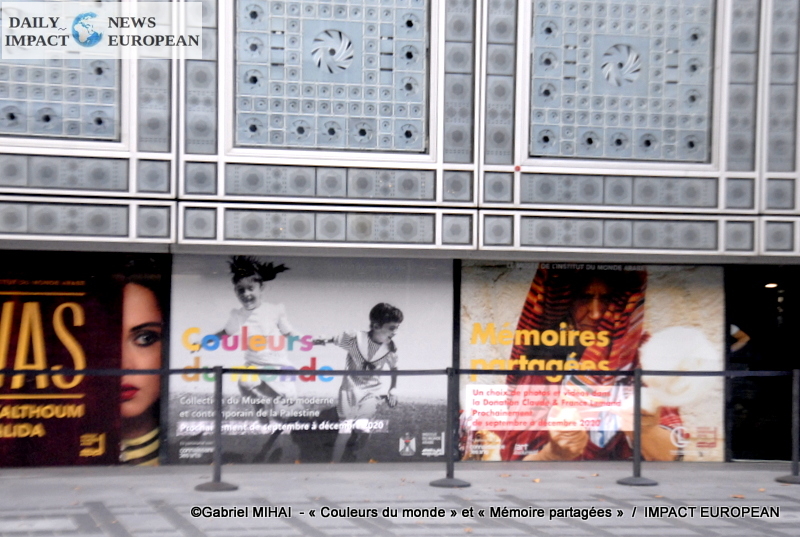
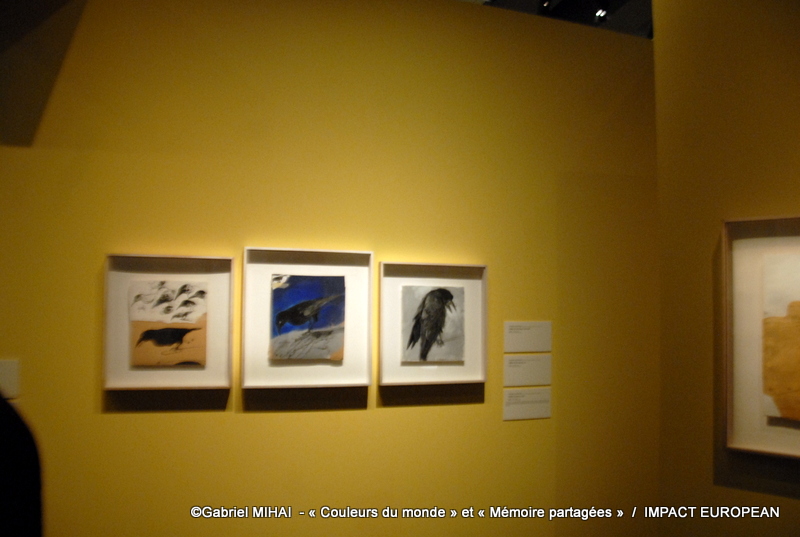
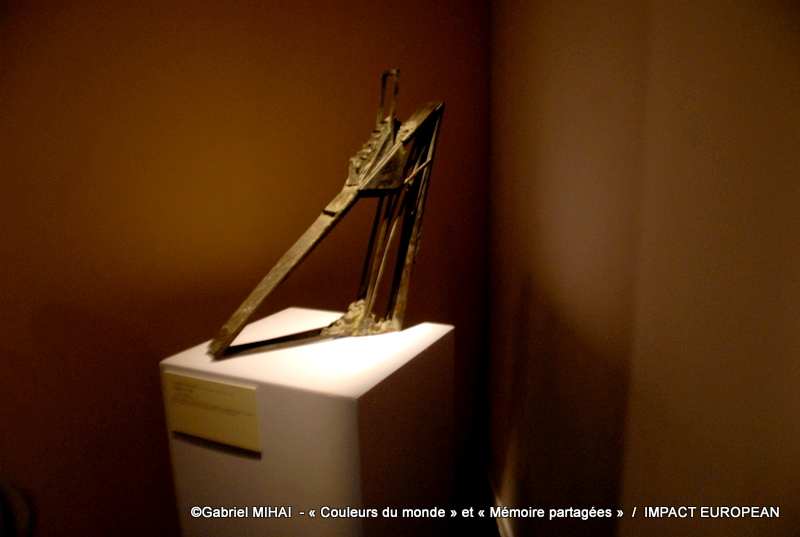
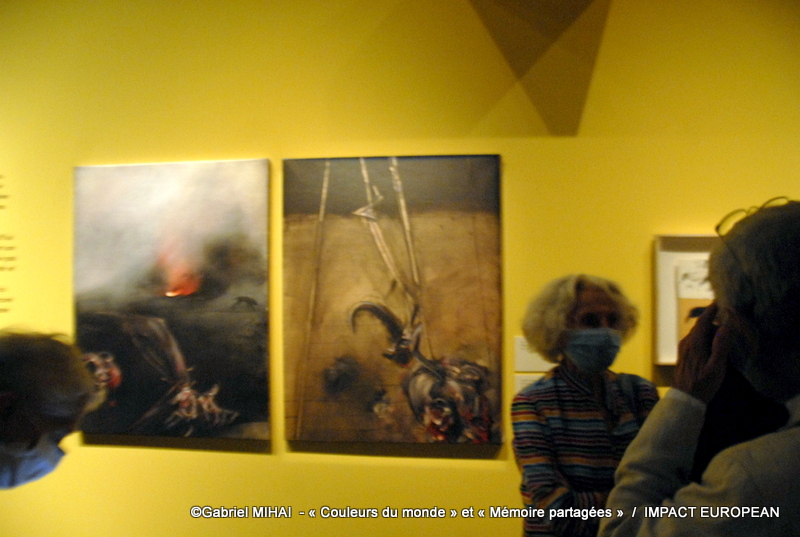

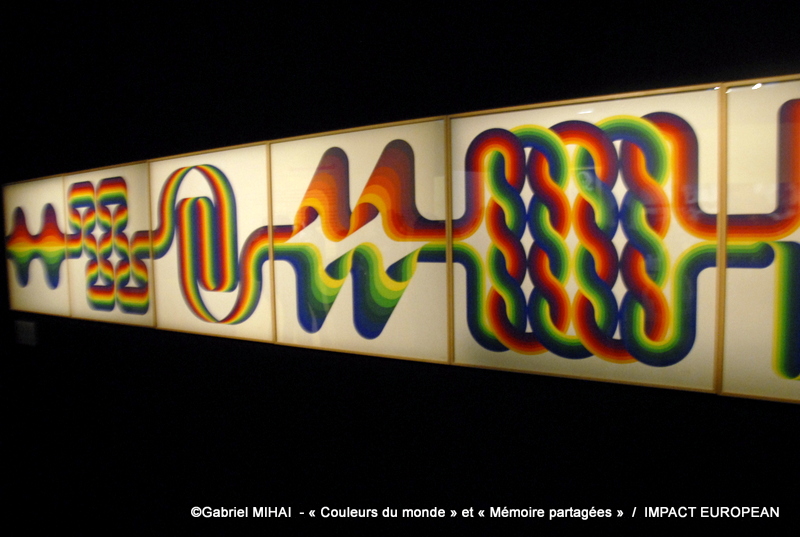
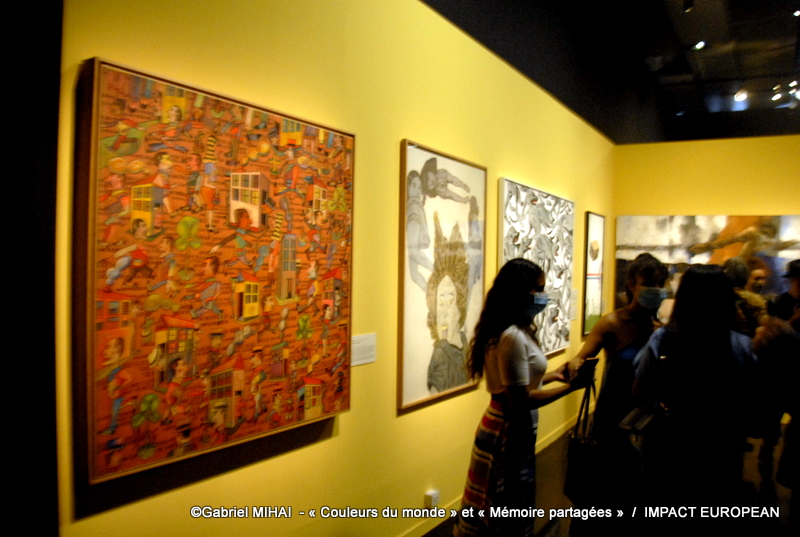
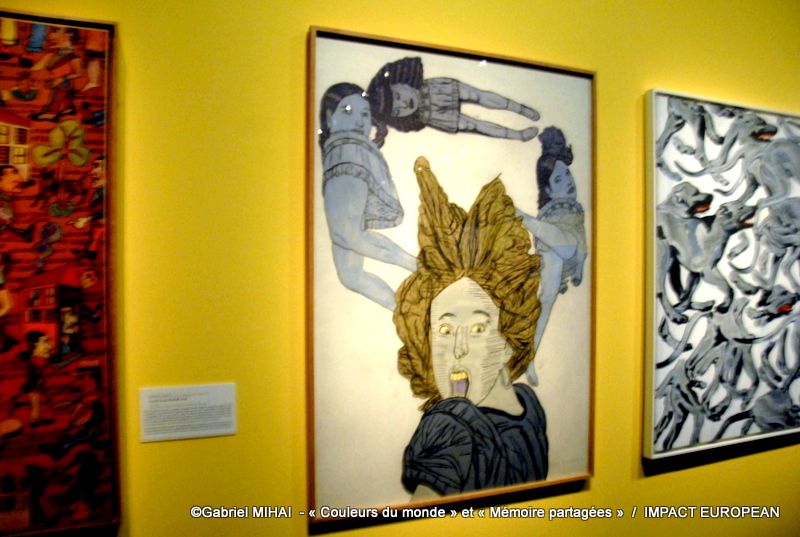
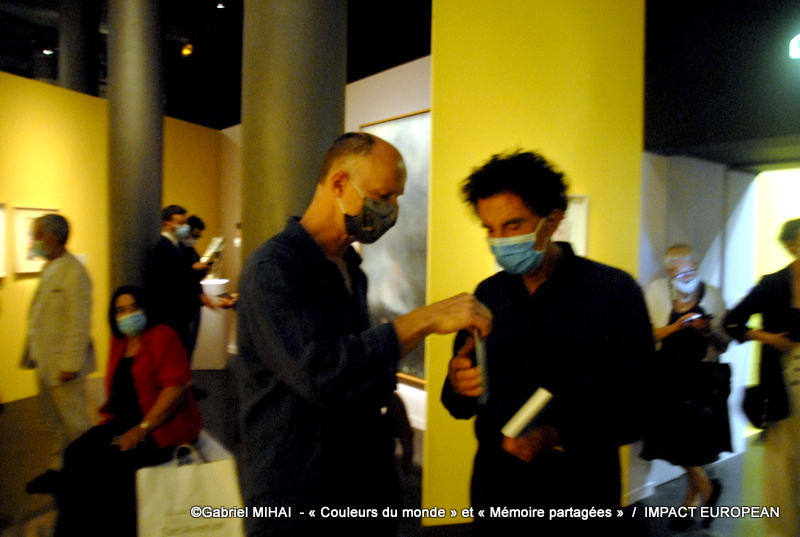
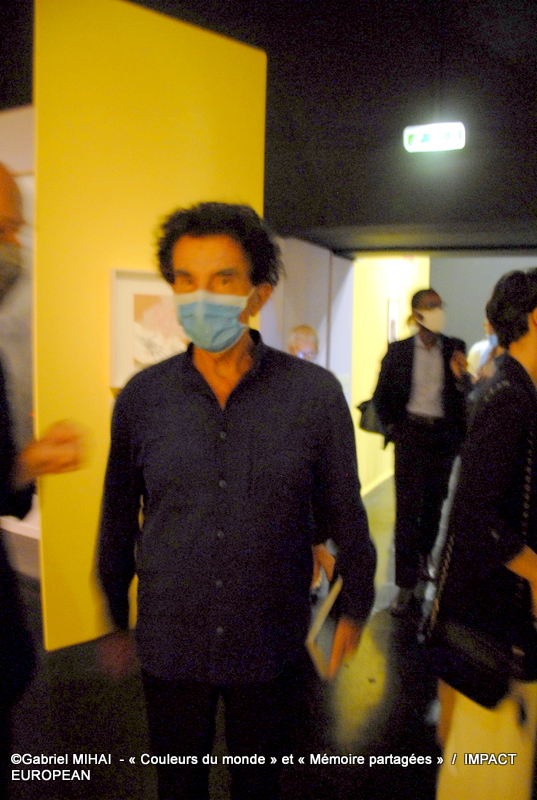

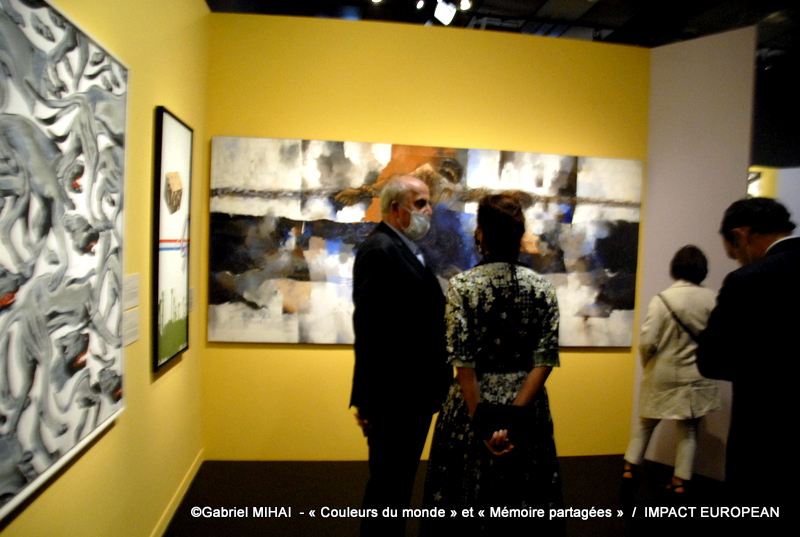
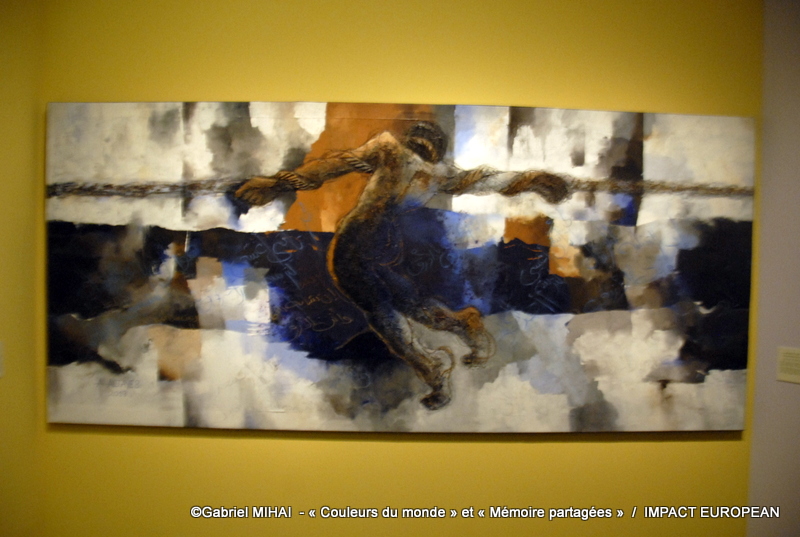
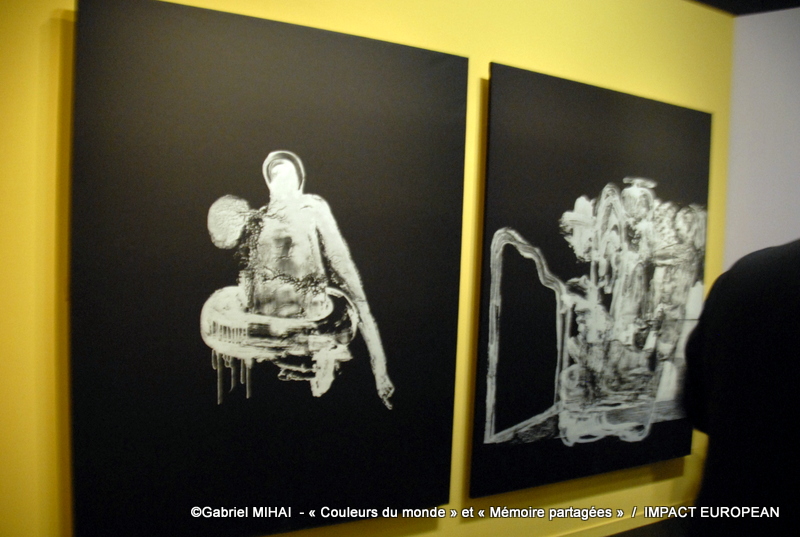
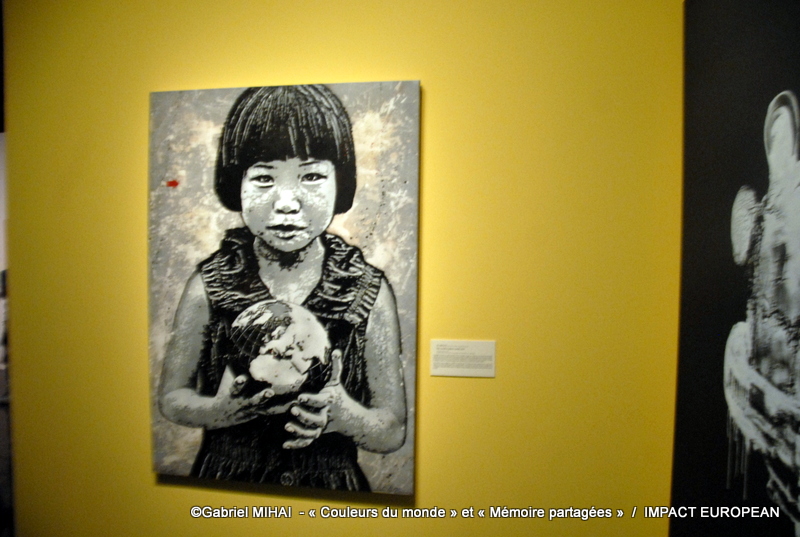
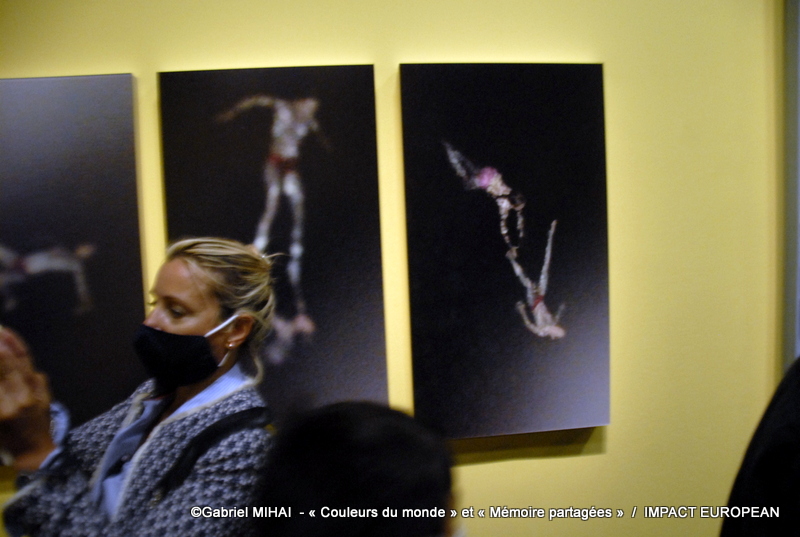
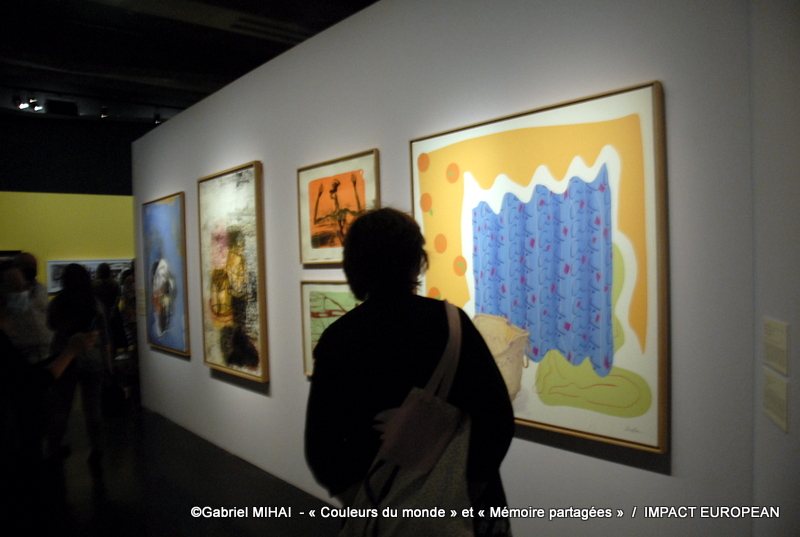
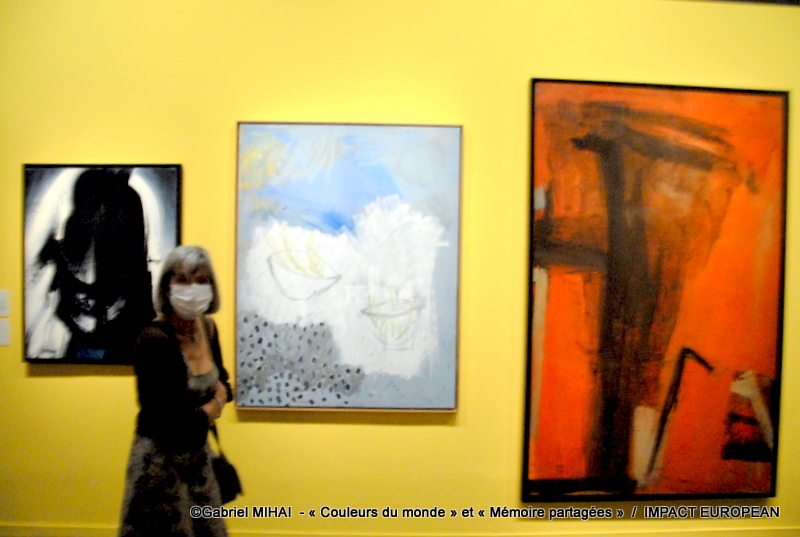
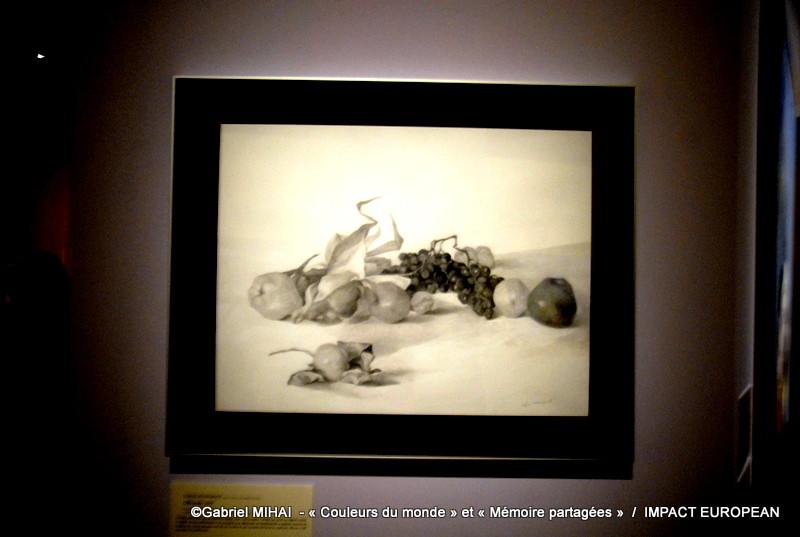
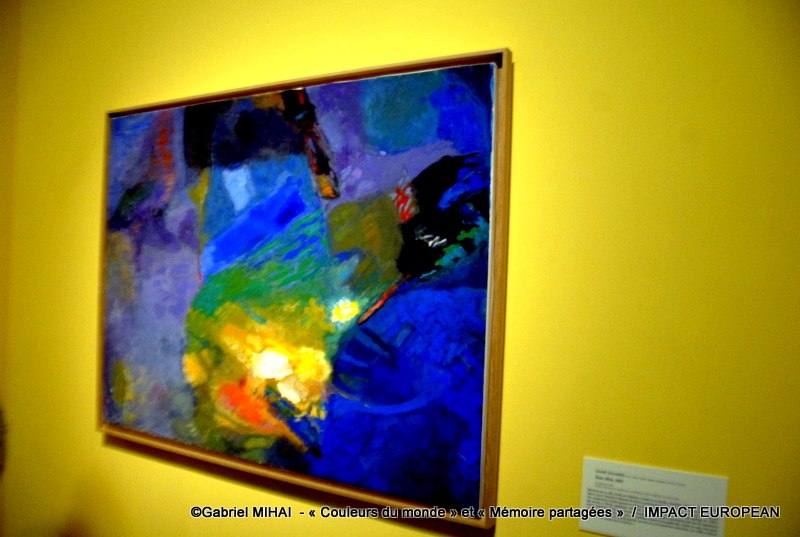
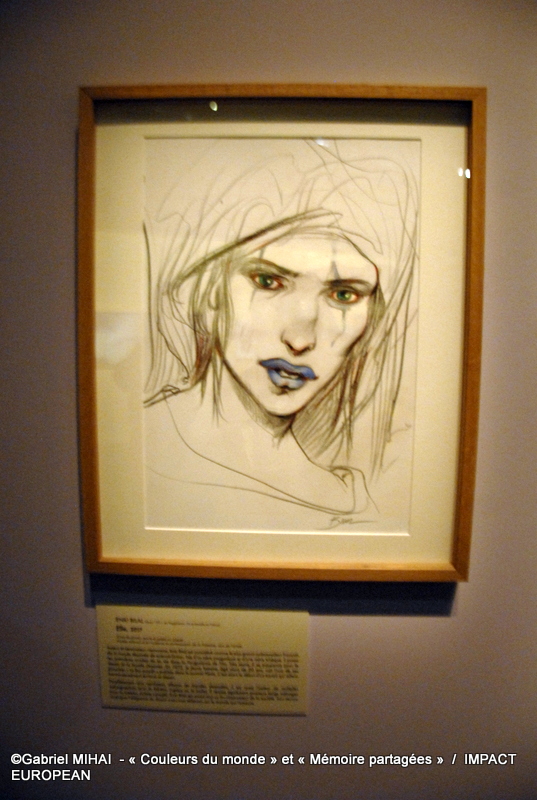
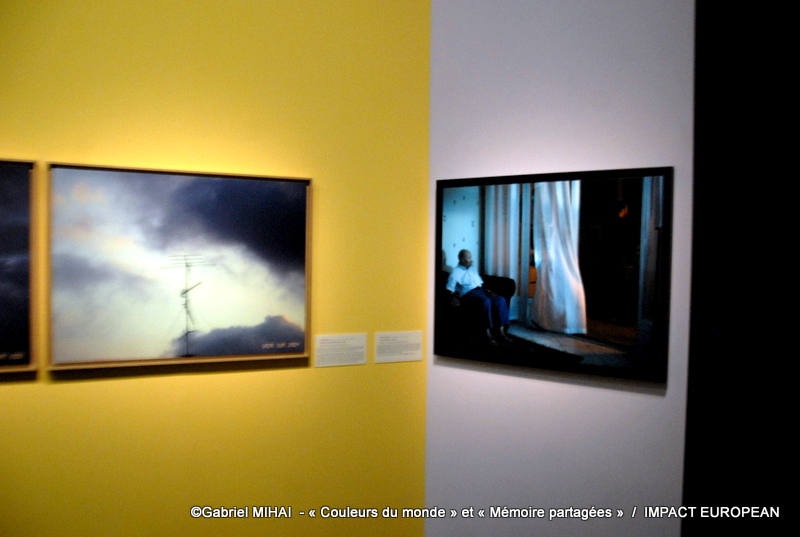



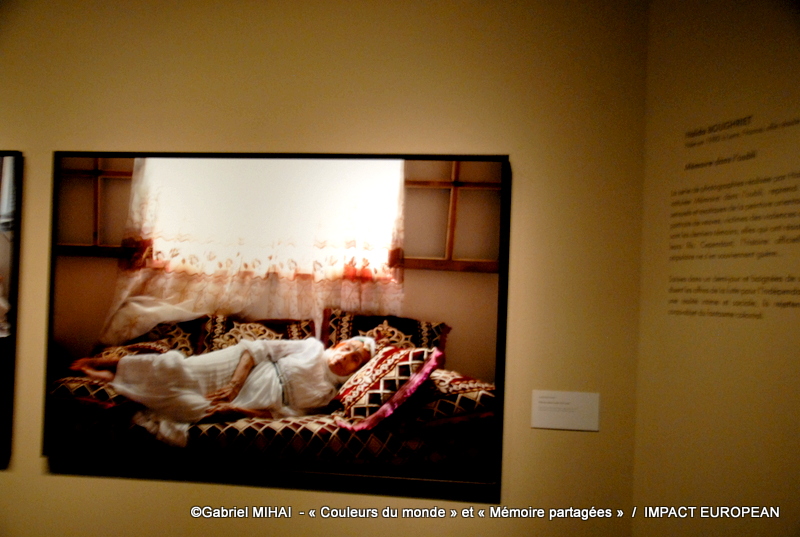
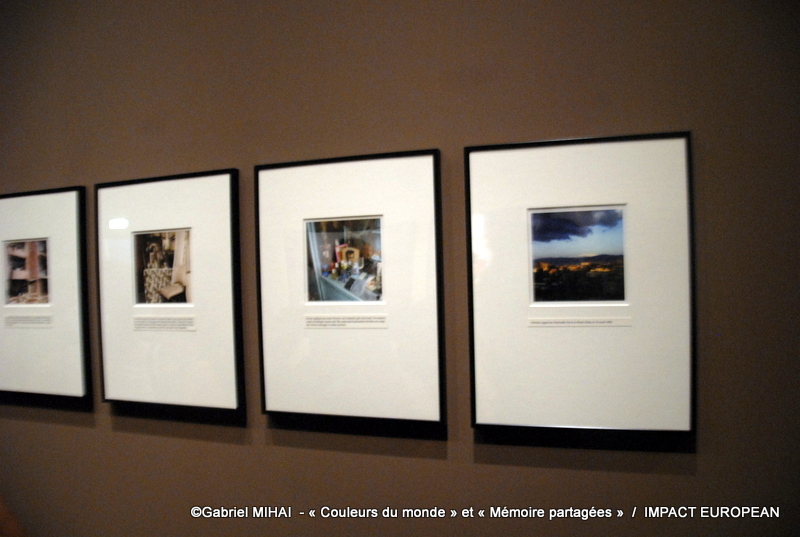
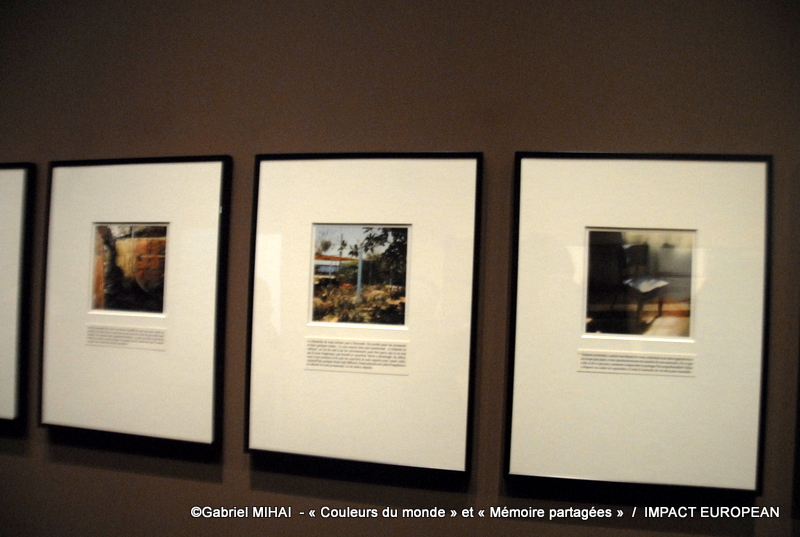

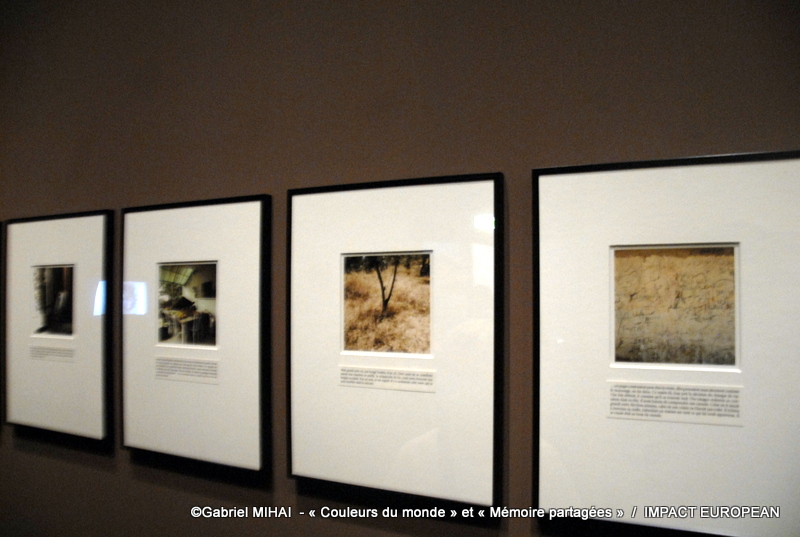
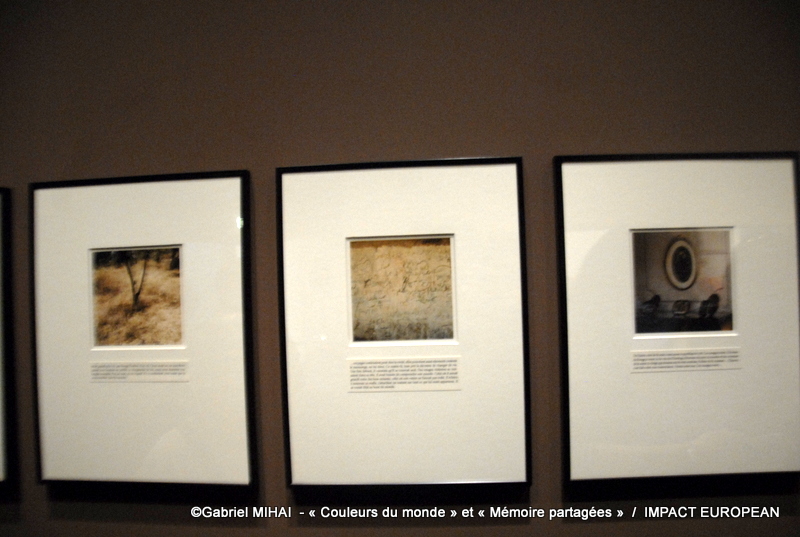
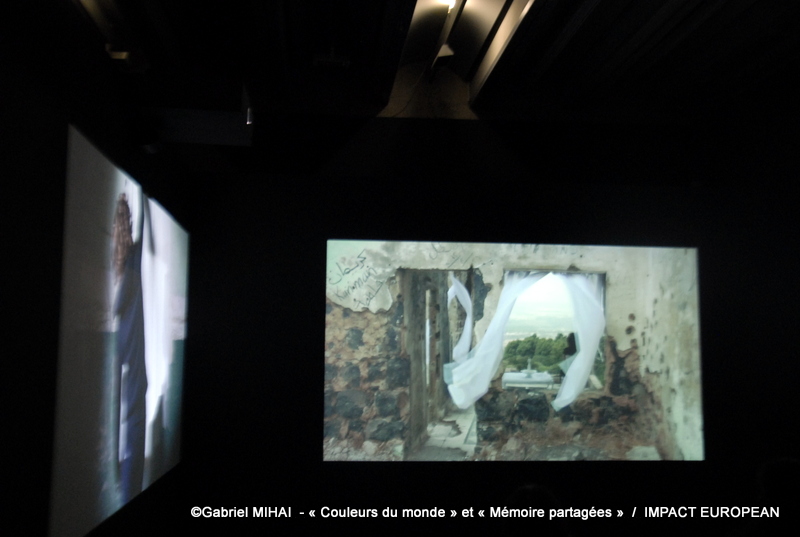
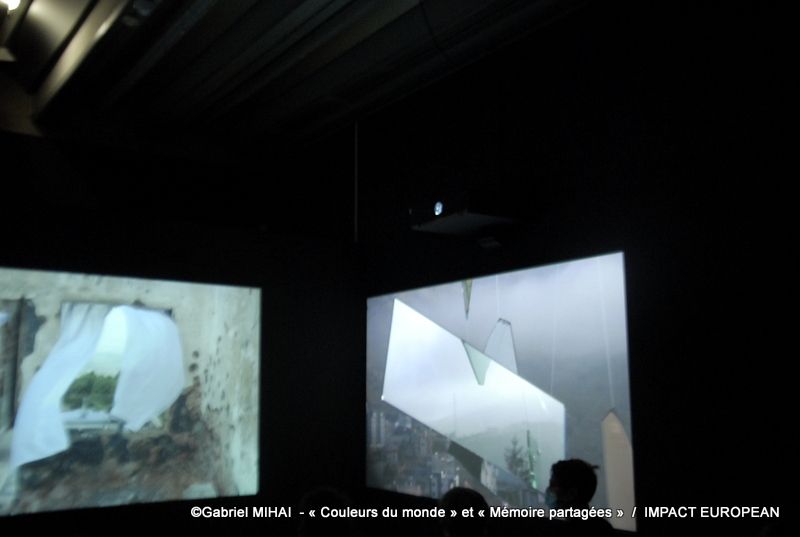
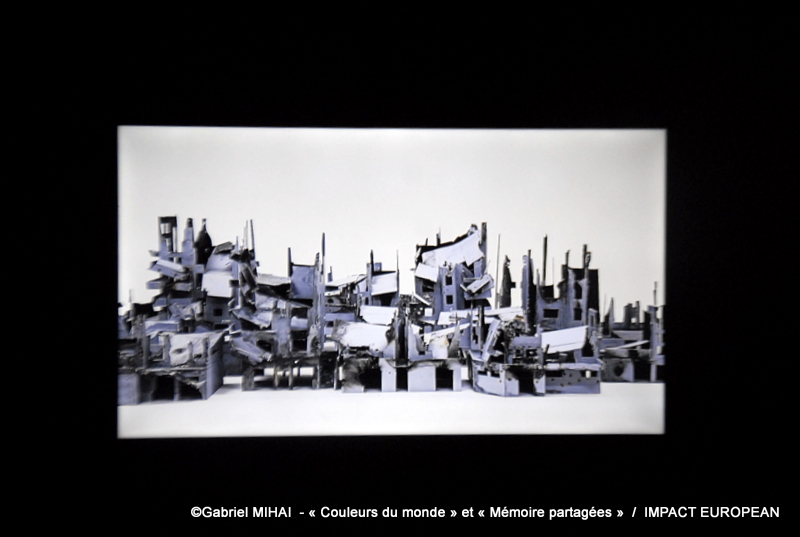
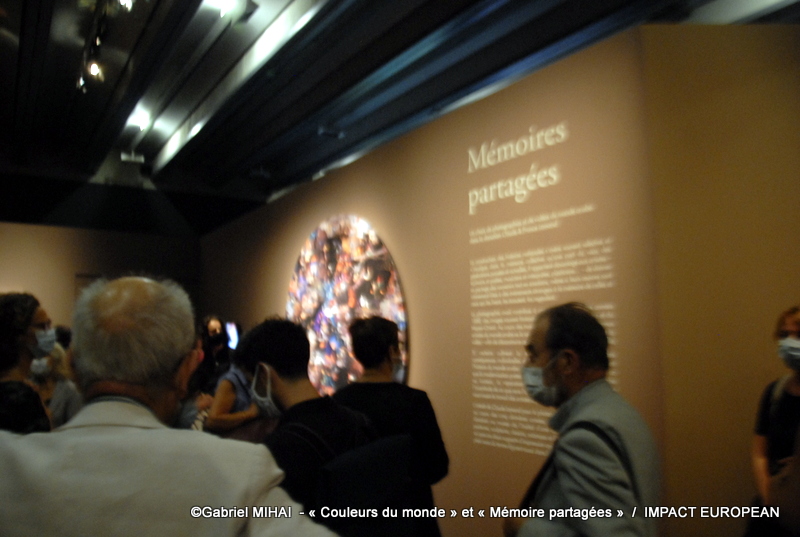
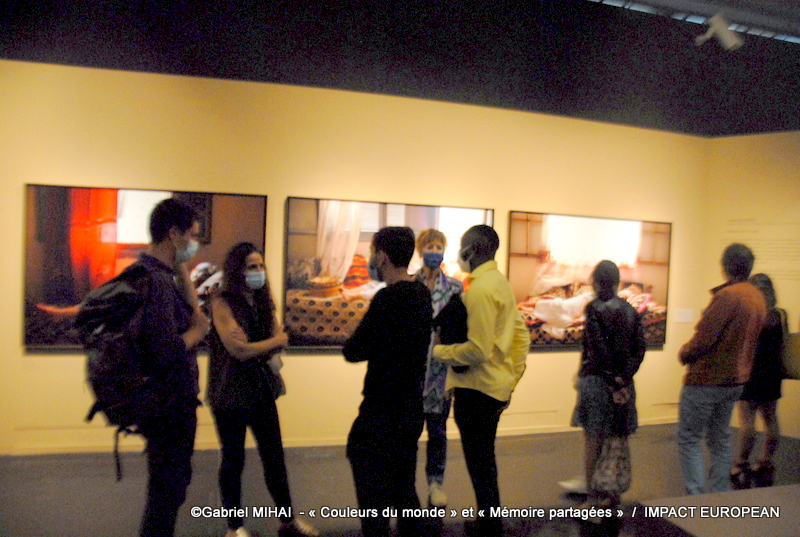
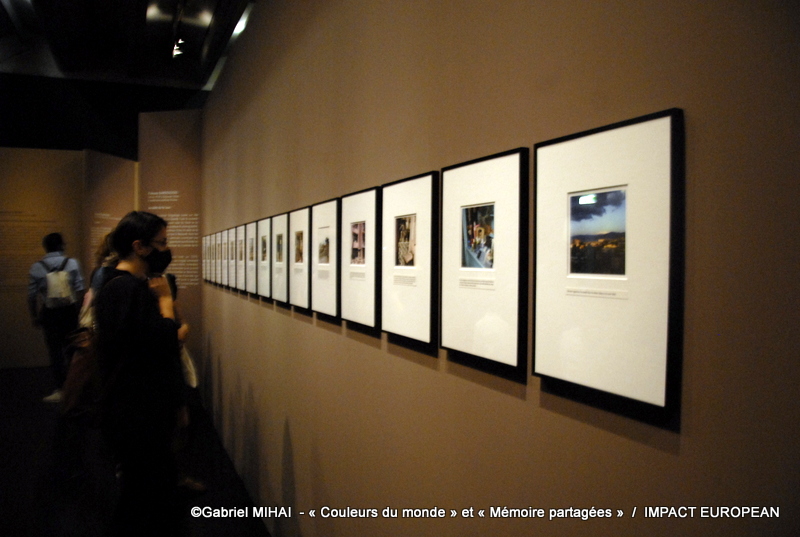
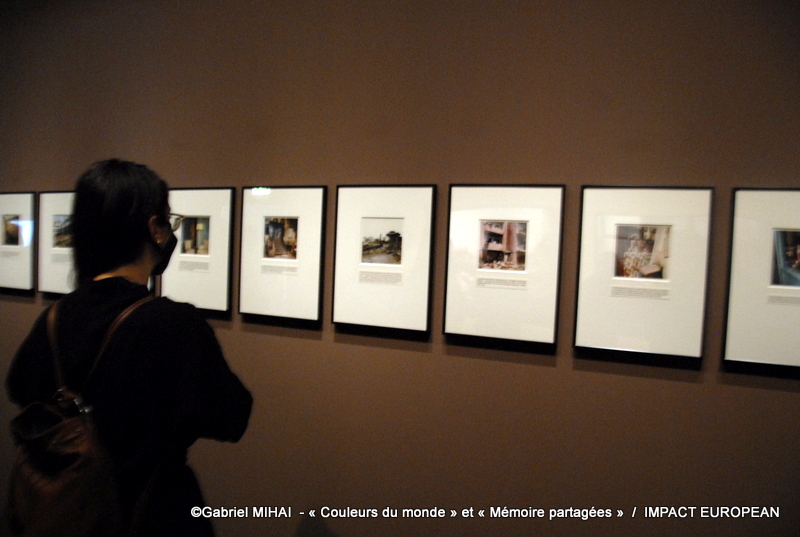
More Stories
METAL D’ALCOVE, the workshop of Eric KATZ, lighting sculptor in Montmartre
Paris Marathon 2024: Victory for Ethiopians at the Paris marathon
Gelsomina